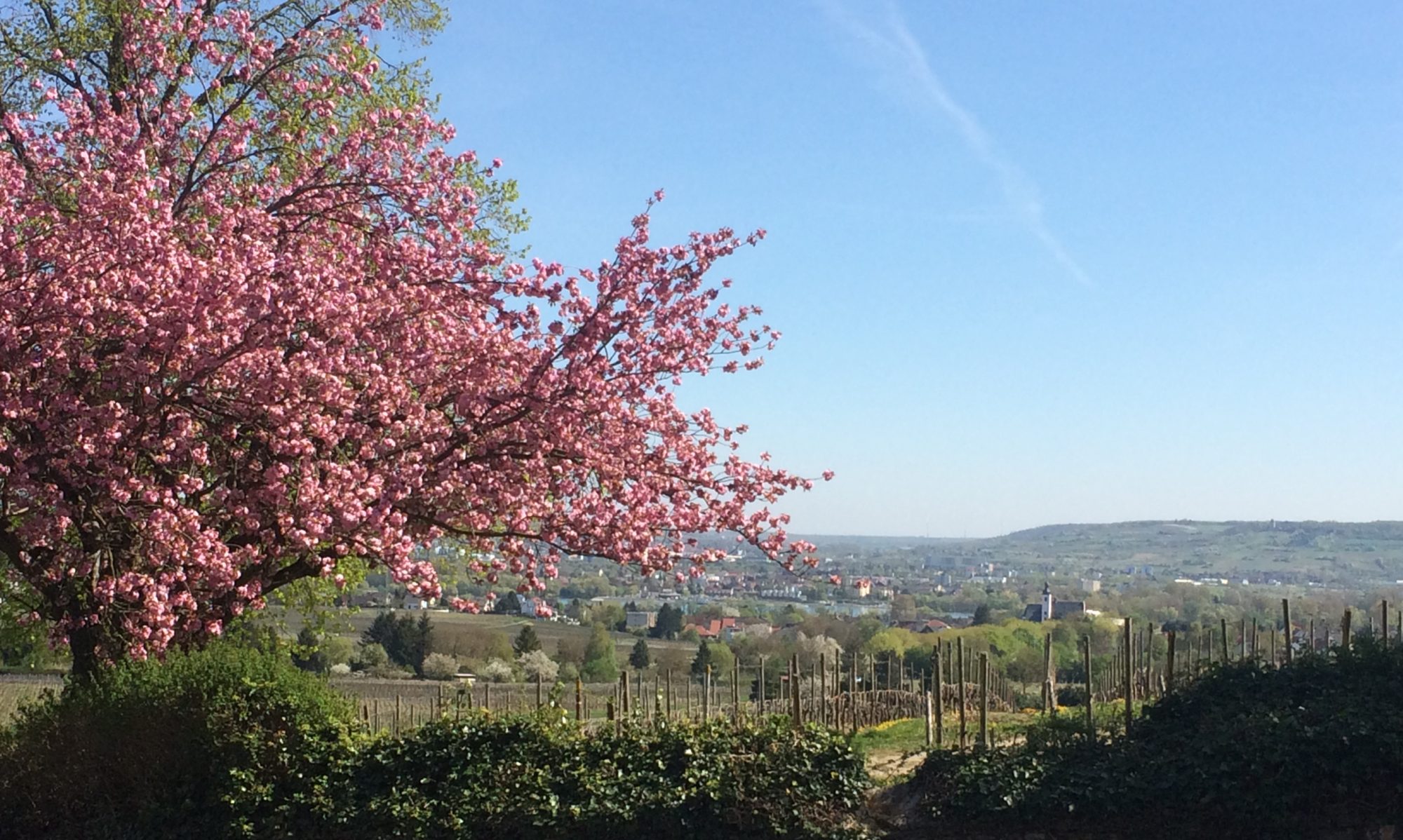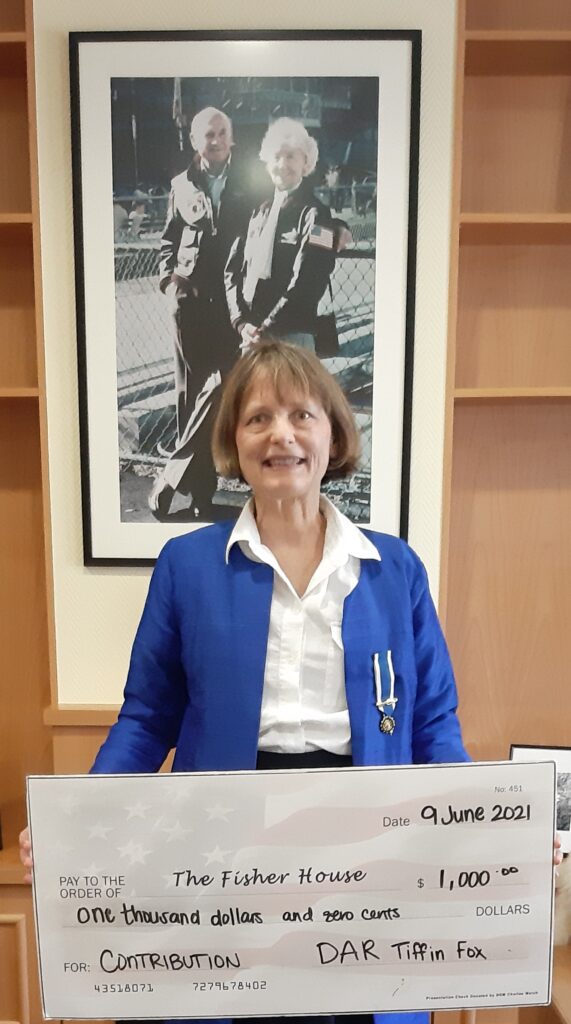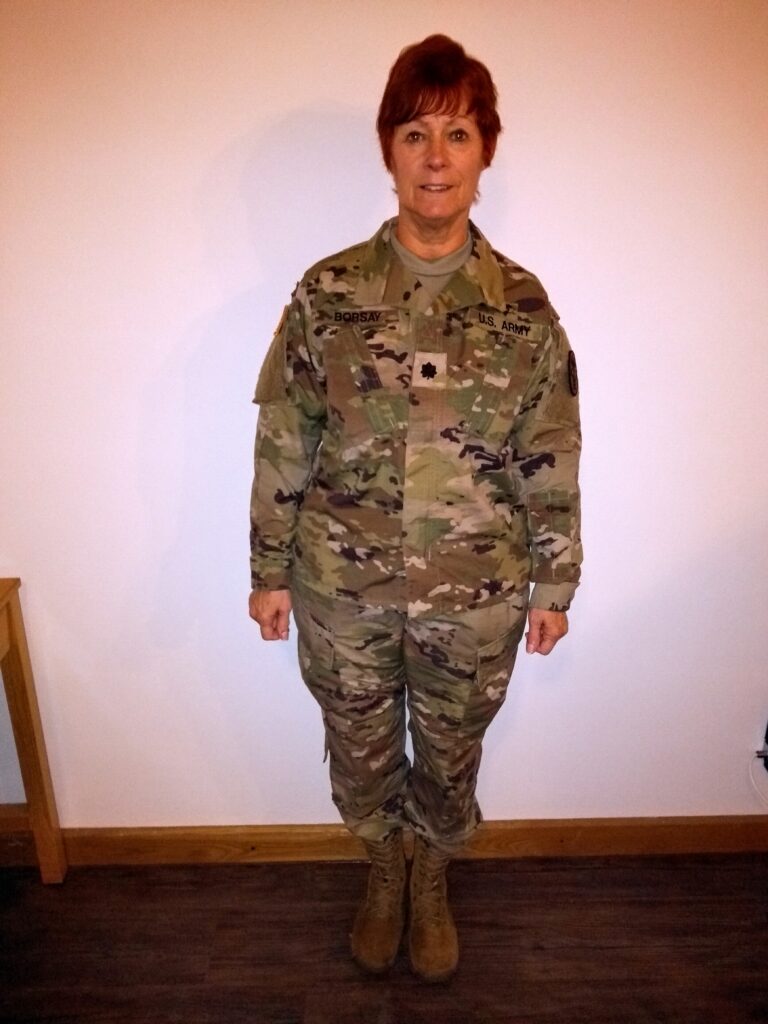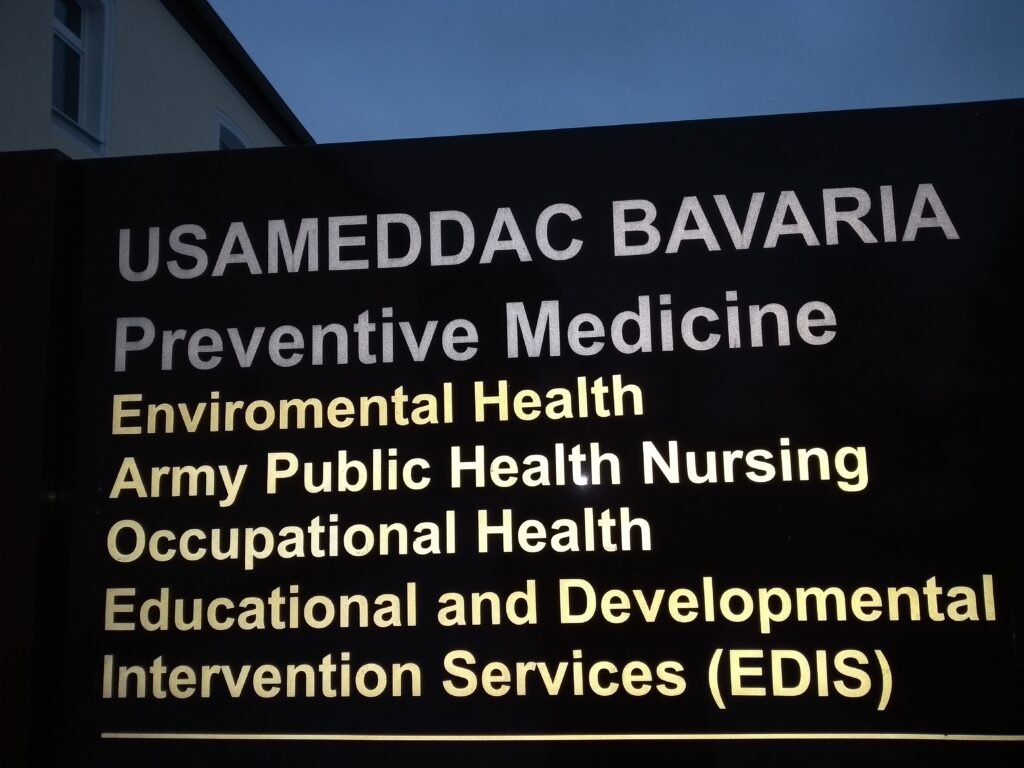Appetizers & Beverages
Arugula Crush, Sherrill Koken
Ava’s Happy Sunshine at the Party Dip, Ava Madison
Bacon Wrapped Chestnuts (Maronen im Speckmantel), Pamela Jensen
Bacon-Wrapped Brussel Sprouts with Creamy Lemon Dip, Louise Dillard
Baked Onion Spread, Mary Chase
Baked Pimiento Cheese, Jan Vance
Bonn Olympic Hot Artichoke Dip, Susan Cothran
Cathy’s Corn Dip, Louise Dillard
Country Chicken Bal,l Janelle Preman
Cranberry Gluhwein, Pamela Jensen
Easy Cream Cheese, Karen Rink
Elderberry Liqueur, Karen Rink
Family Wassail, Karen Woodworth
Fireside Hot Chocolate, Donita Dupslaff
Fruited Mint Tea, Mary Chase
Gluhwein (“Mulled Wine”) (several variations), Pamela Jensen
Hot Artichoke Dip, Laura Trimberger
Hot Cheese and Crab Fondue, Alice Schauss
Hot Chocolate Mix, Vickie Burns
Julie’s Famous Chicken Wings, Julie Black
Kinderpunsch (Children’s Punch – nonalcoholic), Pamela Jensen
Meatballs in a Crockpot, Sharon Garrison
Mint and Citrus Tea, Karen Woodworth
Old English Cheese Ball, Lynn Schiel
Open Tostada Party Plate, Nancy Black
Pâté My Way, Valorie Strickler
Pesto Hots, Judy Hatcher
Quark Dip, Pamela Jensen
Rudesheimer Coffee (German Coffee with Brandy) , Susan Cothran
Sausage Ball,s Anita Allex
Shirley’s Texas Caviar, Shirley Herzer
Shrimp Butter, Joanne Malene
Sparkling Punch, Mary Chase, Vickie Burns
Sun-Dried Tomato Spread, Valorie Strickler
Texas Caviar, Louise Dillard
Texas Christmas Pickles, Louise Dillard
White Cheddar Cheese Spread, Mary Chase
Wine Bar Nut Mix, Sherrill Koken
Zucchini Appetizer, Joanne Malene
Bread and Muffins
7-Up Biscuits, Louise Dillard
Apfelpfannkuchen (Apple Pancakes for Sunday Brunch) (p), Carol Hoernle
Apple Pumpkin Muffins, Beverly Schuele
Baked Oatmeal, Thora Goodnight
Banana Bread, Alice Schauss
Banana Luncheon Bread, Hilda Pappas
Blueberry Muffins, Donita Dupslaff
Blueberry Muffins to Die For, Marsha Young
Bobsha’s Berliner Pfannekuchen (Donuts), Joyce W. Holmes
Ginger-Blueberry Scones, Karen Woodworth
Grandma Abbie Bushong’s Homemade White Bread, April Legler
Grandma’s Irish Soda Bread, Sharon Garrison
Honey Wheat Germ Bread, Thora Goodnight
Martin’s Zucchini Bread, Donita Dupslaff
Mom’s Cinnamon Sweet Rolls (m), Susan M Fowler
Monkey Bread, Lynn Schiel
No Knead, Dutch Oven Bread, Karen Rink
Rhubarb Bread, Martha Zimmerman
Sausage Brunch Braid, Judi Rogers
Scottish Gingerbread Squares (Vegan), Hilda Pappas
Spread for Garlic Bread Ramona, Hopping Kechelen
Strawberry Quick Bread, Karen Woodworth
Sunday Morning Banana Bread, Karen Woodworth
Super Moist Butter Nut Muffins, Carol Moldenhauer
Zwieback, Amy Marie Yorgen Barron
Soups, Stews, Salads and Sauces
24-Hour Salad, Nancy Black
American (Peasants) Oyster Stew, Deborah Halver-Hanson
Aunt Sandy’s Chicken Noodle Soup, Joanne Malene
Blueberry Salad, Judi Rogers
Broccoli Salad, Sharon Garrison
Broccoli, Bacon, Lettuce & Tomato Salad, Judy Hatcher
Bunter Chinakohlsalat (Colorful Napa Cabbage Salad), Pamela Jensen
Caramel Apple Salad, Laura Trimberger
Cauliflower Salad, Amy Marie Yorgen Barron
Cheri’s Coleslaw, Cheri Eisen
Chili, Lynn Schiel
Chili with Rice, Lori Elling
Co-Cola Salad (can also be a dessert), Ellen Ford Cook
Coal Miner’s Stew, Alice Schauss
Cooked Cold Rice Salad, Joyce W. Holmes
Copycat Zuppa Toscana Soup, Louise Dillard
Cranberry Orange Salad, Karen Woodworth
Cranberry Salad, Hilda Pappas
Cranberry Salad (Relish), Nancy Black
Cream of Asparagus Soup, Sherrill Koken
Curried Lentil Soup, Mary Chase
Deftige Kohlrabi-Kartoffel Suppe (Hearty Kohlrabi-Potato Soup), Pamela Jensen
Erbsensuppe (Pea Soup,) Karen Rink
Feuriger Gulasch (Fire Goulash), Pamela Jensen
Fresh Spinach Salad, Ramona Hopping Kechelen
Fresh Tomato Salsa, Linda Ingalls
Frozen Cranberry – Pineapple Salad, Mary “Larry” Hines
Fruit Salad with Pineapple Dressing, Jan Vance
German Potato Salad, Pamela Jensen
Goulash a la Austria, Pamela Jensen
Grandmother’s Potato Soup, Cynthia “Ricki” McKinney
Grape Salad, Linda Ingalls
Gulaschsuppe, Sara Woods (Sara Gonzales)
Halloween Chili, Laura Trimberger
Ham & Bean Soup, Donita Dupslaff
Kartoffelsuppe (Potato Soup), Karen Rink
Kohlsalat mit Rosa Pfeffer (Cabbage salad with pink pepper) (vegan), Pamela Jensen
Lamb Stew, Monica Mills
Lemon Tutti Fruiti Salad, Mary Chase
Light Tomato Sauce, Donna Weaver
Lime Salad, Mary Chase
Louise’s Cream of Chicken Noodle Soup, Louise Dillard
Mount Vernon Inn Restaurant Peanut Soup, Mary B. White
Orange Delight Salad, Faye Kassing
Ribbons of Romaine with Pinon Dressing, Donna Weaver
Rosemary Chicken Salad, Judi Rogers
Rustic Potato Soup, Trudy Alexander
Senate Bean Soup (From the U.S. Senate Restaurant since 1903), Judy Hatcher
Simple Carrot Salad, Ramona Hopping Kechelen
Spiced Butternut Squash Soup, Mary Chase
Spinach Strawberry Salad, Laura Trimberger
Stir Fry Sauce, Lynn Schiel
Strawberry Jell-O Salad, Sharon Garrison
Taco Soup, Lynn Schiel
Three Bean and Beef Chili, Louise Dillard
Trucker Beans for Picnic or Barbecue, Joanne Malene
Turkey Salad, Mary Chase
Venison Stew, Sherrill Koken
Watermelon Salad, Mary Chase
Main Courses: Beef, Pork and Lamb
Beef Roulade Spätzle (Noodles for the beef gravy),Carol Hoernle
Beef Rouladen, Carol Hoernle
Bierocks Sandra, Langley Leshikar
Boeuf Bourguignon, Karen Rink
Boiled Beef with Herb Mayonnaise, Sherrill Koken
Boston Market Style Meatloaf, Louise Dillard
Brisket, Faye Kassing
Classic Beef Tenderloin, Mary Chase
Classic Cola-Glazed Ham, Vickie Burns
Creamy Ham Casserole, Donita Dupslaff
Easy Way Sauerbraten, Valorie Strickler
Good Old Fashioned Meatloaf, Deb Miner
Halupki (Stuffed Cabbage Rolls), Lynn Schiel
Hawaiian Ham Sliders, Louise Dillard
Italian Sausage Casserole, Joanne Malene
Laura’s Carolina Style Meatloaf, Laura Laye-Duncan
Mary Stannard’s Corned Beef and Cabbage, Deb Miner
Mom’s Dutch Meatloaf, Sharon Garrison
Mozzarella Meatloaf, Laura Trimberger
Oriental Steak, Korean Style Nancy Black
Pepperoni Pizza (m), Karen Woodworth
Pork Chop Piccata with Spaghetti, Louise Dillard
Pork Tenderloin with Prunes, Sherrill Koken
Pumpkin Macaroni and Cheese with Ground Meat, Sherrill Koken
Rakott Kaposzta or Layered Sauerkraut Transylvania Style, Lois Borsay
Roast Beef with Ginger Ale, Alice Schauss
Sauerbraten made with Beef (needs 4-5 days marination before cooking!), Sherrill Koken
Sausage Lasagna, Anita Allex
Southern Barbecue Porkchops, Vickie Burns
Stew Meat, Alice Schauss
Taco Rice, Susan M Fowler
Teriyaki Hawaiian, Faye Kassing
Main Courses: Seafood, Poultry, Pasta and Casseroles
Alabama-Style Shrimp Bake, Alice Schauss
Artichoke-stuffed Chicken Breasts, Joanne Malene
Aunt Jenny’s Greek Dressing, Hilda Pappas
Barbecue Chicken, Donita Dupslaff
Butter Chicken, Diana A. Van Buren Lantz
Chicken Almond Casserole, Mary Chase
Chicken and Broccoli Casserole, Karen Woodworth
Chicken Breasts with Brandy, Leona Ware
Chicken Curry Casserole, Susan Cothran
Chicken Enchiladas, Joanne Malene
Chicken Pot Pie My Way, Louise Dillard
Chicken Tetrazzini, Mary “Larry” Hines
Coq au Vin, Karen Rink
Coqulles Saint Jacques, Thora Goodnight
Crockpot Lemon Chicken, Joanne Malene
Easy Homemade Pizza, Amanda Wendt
Enchilada Casserole, Linda Ingalls
Fantastic (and Simple!) Baked Salmon, Valorie Strickler
Green Chicken Enchiladas, Jan Vance
Hash Brown Casserole II, Beverly Schuele
Hash Brown Quiche, Mary Chase
Herring in Cream Sauce (Rhineland recipe), Sherrill Koken
Hot Chicken Salad, Jan Vance Jan Vance
Hot Chicken Salad, Sheri Dagg Sheri Dagg
Hot Chicken Sandwich, Alice Schauss
Hunter Style Chicken, Lynn Schiel
Käse Spätzle mit Zwiebeln (Spätzle Noodles with Cheese and Onions), Karen Rink
Mussels with Tomatoes and Cannelloni Beans, Joanne Malene
Pete’s Smoked Mac & Cheese, Milissa Bell Campbell
Quiche Lorraine, Karen Rink
Salmon with Sautéed Leeks, Sara Woods (Sara Gonzales)
Sausage and Sauerkraut Bake, Mary Chase
Seafood Lasagna, Thora Goodnight
Shrimp Gumbo, Tiffin Fox
Shrimp Scampi, Alice Schauss
Slow Cooker, Foil Baked Tilapia, Lynn Schiel
Slow-Cooker Bolognese, Louise Dillard
Snow on the Mountain, Diana A. Van Buren Lantz
Spicy Shrimp Casserole, Sara Woods (Sara Gonzales)
Spinach Lasagna, Laura Trimberger
Sunday Brunch Casserole, Jan Vance
Sunny’s Tuna Noodle Casserole, Louise Dillard
Taco Casserole, Lynn Schiel
Three Meat, Mushroom and Four Cheese Lasagna (m), Milissa Bell Campbell
Vegetables and Vegetarian Dishes
3 Versions of Dumplings, Sherrill Koken
Arkansas Green Beans, Mary Ford
Baked Cinnamon Carrots, Mary “Larry” Hines
Baked Squash (old and new methods), Deborah Halver-Hanson
Cola Sauerkraut, Mary Chase
Company Style Potatoes, Lynn Schiel
Corn Pudding, Vickie Burns
Corn Soufflé, Mary Chase
Cowboy Caviar, Jan Vance
Eggplant with Crispy Coating, Sara Woods (Sara Gonzales)
Fresh Garden Medley, Lynette (Lynn) Theisen
Fried Cabbage, Louise Dillard
German Sweet and Sour Red Cabbage, Pamela Jensen
Goldenrod Green Beans, Nancy Black
Green Beans, Oven Roasted with Pecans, Sharon DeMuth
Grumbeerkiechle mit Apfelmus (Potato Pancakes), Karen Rink
Hash Brown Potato Casserole, Jan Vance
Impossible Zucchini-Tomato Pie, Carol Moldenhauer
Jiffy Corn Pudding, Thora Goodnight
Marinated Cucumbers, Nancy Black
Marinated Vegetables (Vegan), Hilda Pappa
Microwave Baked Sweet Potato, Donita Dupslaff
Mom’s Special Green Beans, Sharon DeMuth
Onion Casserole, Janelle Johnson
Pat’s Sweet Potatoes, Hilda Pappas
Pesto Artichoke Pizza (m), Karen Woodworth
Potato Rösti from the Oven, Sherrill Koken
Red Cabbage, Carol Hoernle
Rosemary Potatoes, Valorie Strickler
Rotkohl (Red Cabbage), Pamela Jensen
Spanish Rice in Pat Chase’s Style, Mary Chase
Steamed Brussel Sprouts and Carrots with Honey Mustard Sauce, Louise Dillard
Vegan Quinoa & Black Bean Salad, Hilda Pappas
Veggies in Wine Sauce (plus Vegan option), Hilda Pappas
Desserts, Pies, Cakes and Cookies
“Best of the Wurst” Chocolate Cake, Ramona Hopping Kechelen
“Cordially Yours” Chocolate Chip Bars, Sara Woods (Sara Gonzales)
11 Carton Cake, Louise Dillard
Almost Clean Gluten-Free Brownies, Milissa Bell Campbell
Angel Lush with Pineapple, Vickie Burns
ANZAC Biscuits, Diana A. Van Buren Lantz
Apple Cake, Joanne Malene
Apple Cake with ‘Bienenstich’ (Almond Crust), Sherrill Koken
Apple Pie Bread Pudding, Donita Dupslaff
Blackberry Cake, Brenda Higgins
Brownie Bait, Thora Goodnight
Cake Balls, Lynn Schiel
Cake Mix Cookies, Alice Schauss
Candy Cookies, Isabelle Long
Carmel Pecan Candy, Sandra Langley Leshikar
Charlotte Arington’s Chilled Cheesecake, April Legler
Cheesecake (m), Shirley Herzer
Cheesecake for Diabetics, Ramona Hopping Kechelen
Cherry Berries in a Cloud, Charla Jordan
Cherry Fudge Brownie, Alice Schauss
Cherry Squares, Joanne Malene
Chocolate Balls, Judi Rogers
Chocolate Chip Pan Cookies, Hilda Pappas
Chocolate Cobbler, Mary Ford
Chocolate Cookies, Alice Schauss
Chocolate No-Bake Cookies, Vickie Burns
Chocolate Silk Pie, Mary Chase
Chocolate Zucchini Cake, Alice Schauss
Christmas Chow-Mein Noodle Cookies, Lynn Schiel
Congo Bars, Laura Trimberger
Date Filled Cookies, Alice Schauss
Dump Cake, Alice Schauss
Easy Coconut Cream Pie, Vickie Burns
Esther’s Brownies, Marsha Jewett
Fastnachts, Amy Marie Yorgen Barron
Flaky Pie Crust, Ramona Hopping Kechelen
Forget ’em Cookies, Jan Vance
Fresh Strawberry Pie, Judy Hatcher
Frozen Banana Split, Jan Vance
Fruit Cobbler, Tami McCray Olds
Fruit Cocktail Cake, Mary Chase
Gourmet Cheesecake, Amy Marie Yorgen Barron
Gram B’s Butterscotch Pie, Julie Black
Grandma Dolores’ Chocolate Pie, Theresa Taylor
Grandma Franz’s Fruit Torte, Melodie Schneider
Grandpa’s Carrot Cake, Valorie Strickler
Great-Grandmother’s German Molasses Cake, Mandy Riley Williams
Happy Cake, Lynn Schiel
Heath Bar Cake, Thora Goodnight
Hummingbird Cake, Thora Goodnight
Irish Pub Brownies, Martha Zimmerman
Joghurtbombe (Yogurt Dessert with Fruit), Pamela Jensen
Kaiserschmarren Sweet Austrian Pancakes, Sherrill Koken
Kase Kuchen Ohne Boden (German Cheese Cake without Crust), Karen Rink
Keeping Cake, Mary Chase
Lemon Mist Pound Cake, Louise Dillard
Lemon Pineapple Pie, Alice Schauss
Mandarin Orange Cake, Alice Schauss
Martha Washington’s Great Cake (another version), Deb Miner
Martha Washington’s Great Cake (Mount Vernon Inn Restaurant), Deb Miner
Maureen Tipton’s Family Pumpkin Pie, Maureen Tipton
Microwave German Chocolate Cake, Peggy Salitros
Millionaire Pie, Mary Chase
Mint Ice Cream with Chocolate, Karen Woodworth
Mint Sorbet, Karen Woodworth
Mixed Berry Cobbler, Jan Vance
Moab Potato Doughnuts, Shirley Herzer
Molasses Spice Cookies, Trudy Alexander
Mom’s Kolaches By Kristin Vavricek, Deb Miner
Mud Pie, Laura Trimberger
Mystery Cookies, Alice Schauss
Nanny’s Sad Cake, Dorinda Lovell
No Bake Oatmeal Cookies, Alice Schauss
North Carolina First Lady Kristin Cooper’s Chocolate Chip Cookies, Mary “Larry” Hines
Oatmeal Carmelitas, Beverly Schuele
Orange Balls, Louise Dillard
Orange Fluff, Susan Mansfield
Our Favorite Brownies (m), Lynn McCollum
Party Cookies, Faye Kassing
Pavlova, Diana A. Van Buren Lantz
Peanut Butter Balls, Laura Trimberger
Peanut Butter Bars, Mary Chase
Peanut Butter Haystacks, Judi Rogers
Peanut Butterscotch Crispies, Mary Chase
Pecan Pie: Mary’s Alabama Winner, Mary Caroline Giles Mixon
Pfeffernusse “Peppernuts”, Amy Marie Yorgen Barron
Potato Chip Cookies, Alice Schauss
Pound Cake, Carol Baskin Tatum
Prizewinning Chocolate Cake (m), Lynn McCollum
Pumpkin Bundt Cake, Joanne Malene
Pumpkin Dessert, Martha Zimmerman
Pumpkin Pie Crunch, Jan Vance
Red Velvet Cake (Waldorf Red Cake), Judy Hatcher
Reindeer Poop, Jan Vance
Rhubarb Cobbler, Joanne Malene
Rhubarb Custard Bars, Martha Zimmerman
Rot Wein Kuchen (Red Wine Cake), Karen Rink
Rota Zora Raspberry Dessert, Sherrill Koken
Ruth Schoepski’s Holiday Fruit Cookies, Darlene Schoepski
Sand Tarts (cut-outs), Lynn Schiel
Shirley Temple Bundt Cake, Louise Dillard
Snickerdoodles, Vickie Burns
Spiced Coffee Cake, Mary Chase
Strawberry Shortcakes, Karen Woodworth
Sugar-Free Pecan Pie, Alice Schauss
Swedish Cream, Joyce W. Holmes
Texas Sheet Cake, Alice Schauss
Thunder Cake, Marlene Lambaiso
Tres Leche, Jan Vance
Vanilla Wafer Cake, Amy Marie Yorgen Barron
Vanilla Wafer Cake from Irene Wolfe, Deb Miner
Waffeln (Sweet Waffles), Madonna Roberts
White Sugar Cookies (Cutout or drop), Alice Schauss
Younger Family Apple Dumplings, Donna Green Nash
Miscellaneous
“Woods Girls” Pizza Dough, Sara Woods (Sara Gonzales)
B-B-Q Rub, Vickie Burns
Chex Candy Mix, Alice Schauss
Chive Vinegar, Lynn Schiel
Come One, Come All Bird Feed, Alice Schauss
Crème Fraîche (“Fresh Creme”), Pamela Jensen
DIY Shower Soother – Aromatherapy, Vickie Burns
Easy Cinnamon Ornaments, Alice Schauss
Facial Cleanser, Vickie Burns
Finger Jello, Alice Schauss
Hokkaido Puree, So Long Store Bought Canned Pumpkin!, Milissa Bell Campbell
Kat’s Kitchen Müsli, Katherine Hansen
Krauterbutter (Herb Butter), Pamela Jensen
Muesli Pancakes, Kathleen Evans
Noni’s Cocoa Syrup, Judy Hatcher
Old Fashioned Sweet Pickles, Janelle Johnson
Quark, Pamela Jensen
Salt Dough Ornaments, Donita Dupslaff
Spiced Peaches, Nancy Black
Summer Sausage, Amy Marie Yorgen Barron
Top of the Range Stuffing (plus Vegan option), Hilda Pappas
Useful Tips: Awesome Weed Killer, Deb Miner
Vanilla Extract, Karen Rink
Vanilla Sugar, Pamela Jensen
Yummy Granola, Cindi Maher











